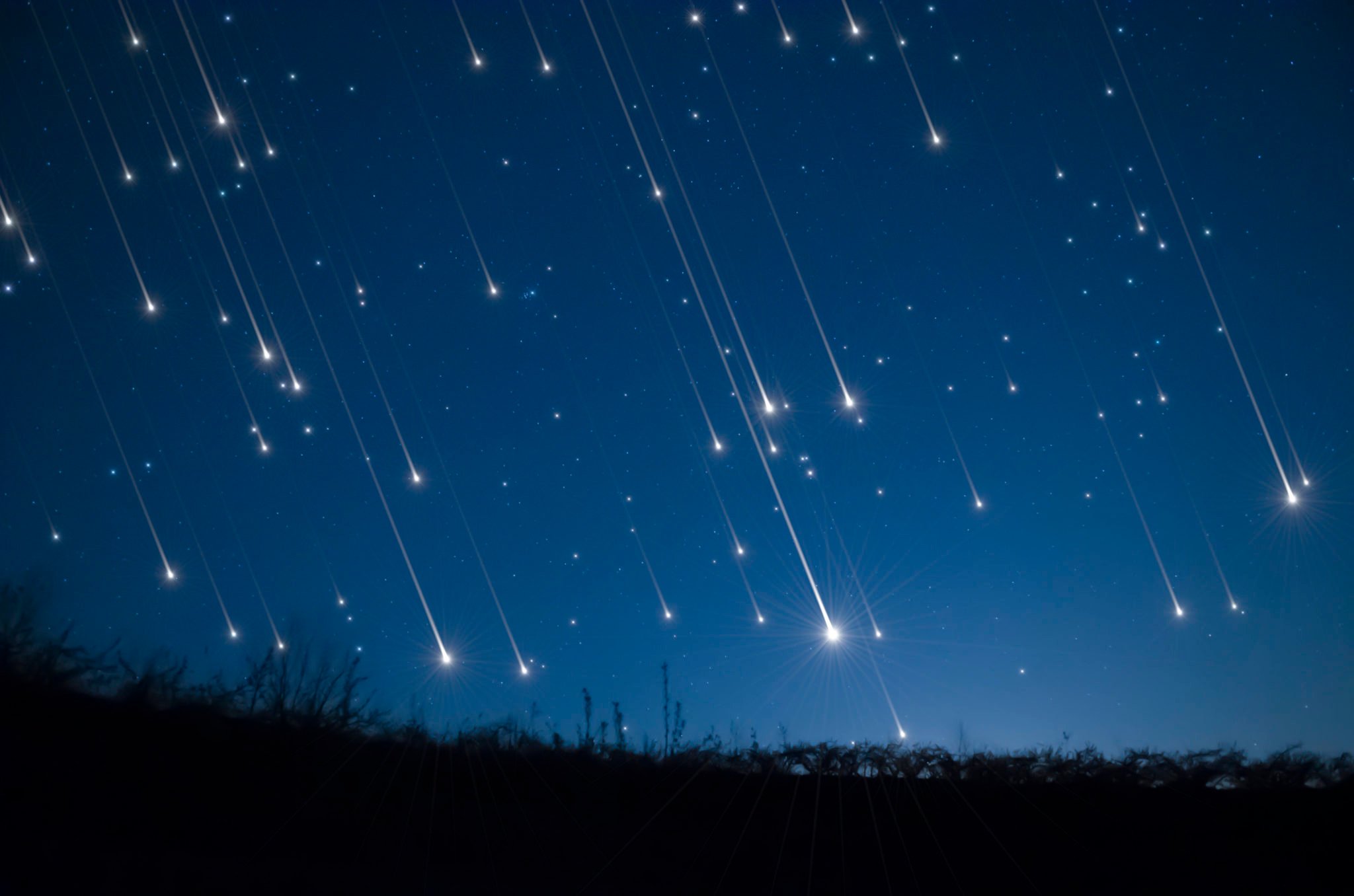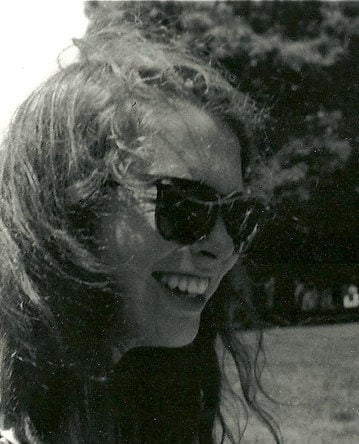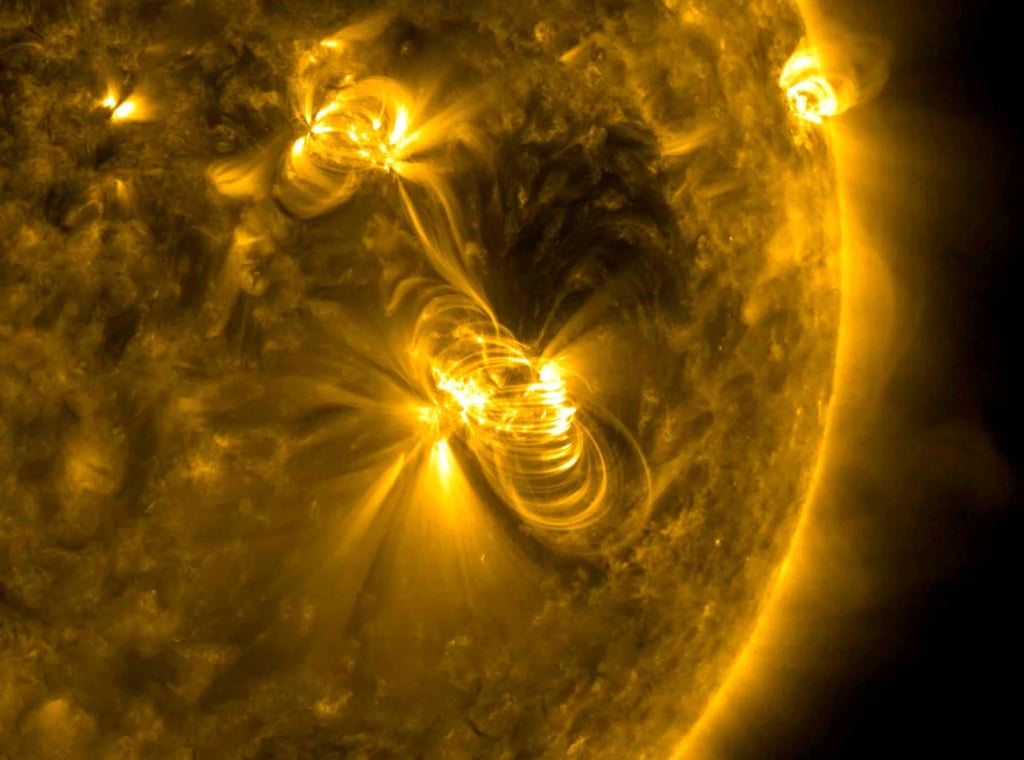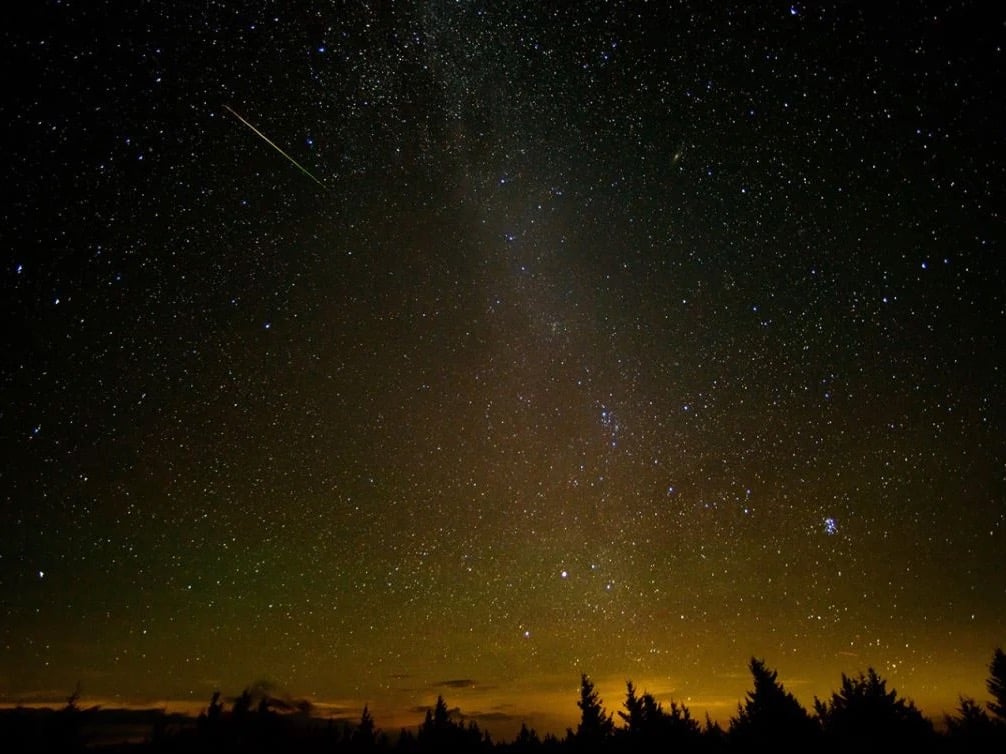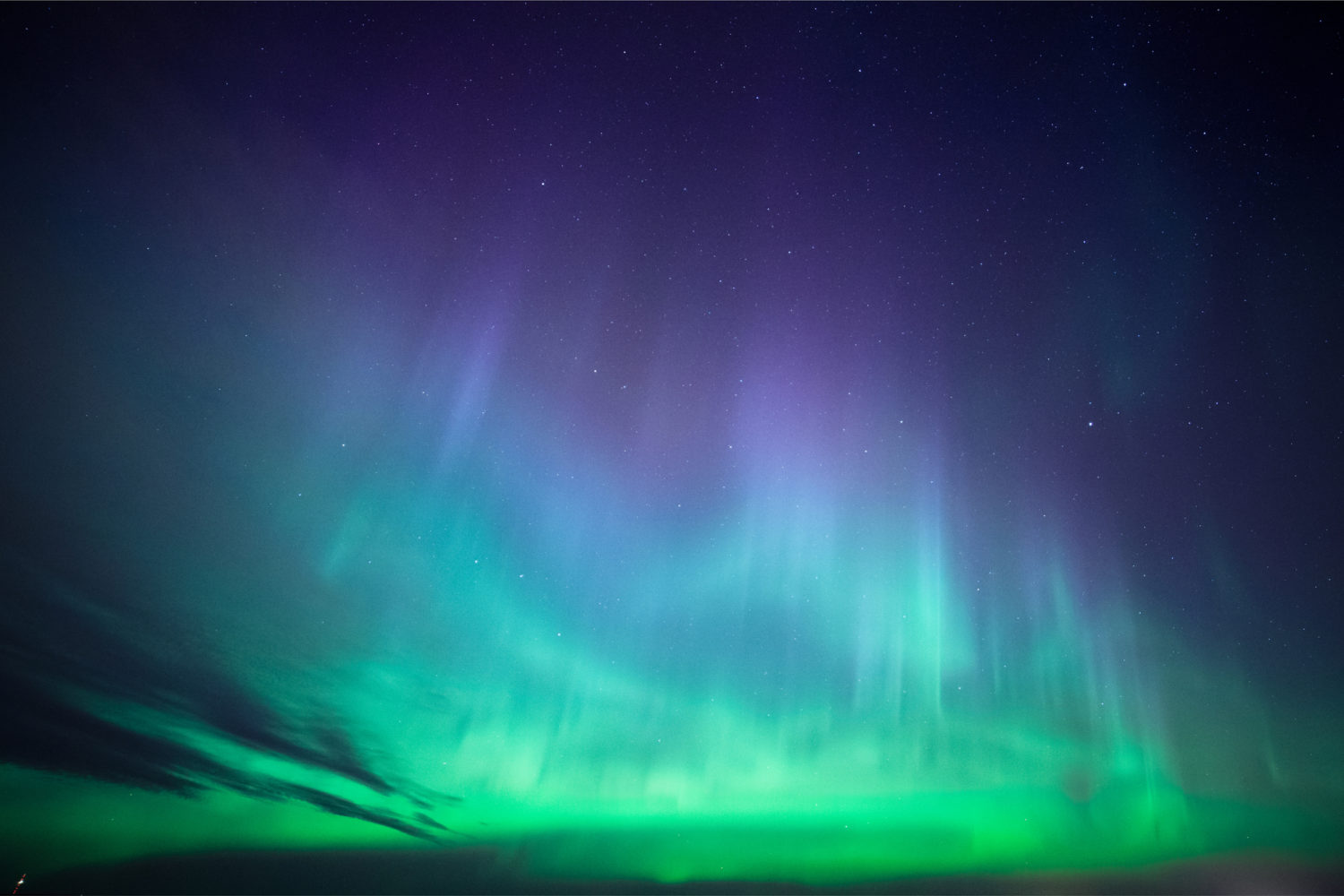The Lyrids meteor shower will be active through Saturday, April 29, but it will likely peak late this Saturday night and Sunday morning.
What is a meteor shower? It is a collection of rock-and-ice debris left behind by a comet that begins to burn once it enters Earth’s atmosphere. This specific Lyrids shower comes from the Comet Thatcher, which circles the sun every 415 years or so. It’s also one of the oldest-recorded showers, with sightings going back to 687 BC China.
So, how can you see it from the Washington region? We reached out to members of the National Capital Astronomers for their tips.
The darker, the better
This is kind of a duh tip, but really—try to get somewhere far away from town. “The farther you can get from the city lights, the better. The second thing is, you want someplace where you’re not going to get run off by an angry farmer or investigated by curious cows,” says NCA president Guy Brandenburg. He recommends bringing blankets or a sleeping bag.
Brandenburg suggests checking out Big Meadows campground or the field along Skyline Drive in Shenandoah National Park, and NCA member Harold Williams recommends trying Alpha Ridge Park in Howard County. Brandenburg points astronomy buffs to the North Virginia Astronomy Club, which has viewing sites its members can use anytime. And in Fauquier County, Hopewell Observatory (3804 Bull Run Mountain Road, The Plains), which offers views from several telescopes, will host a free open house on Saturday night.
Too far of a drive? A local park or playing field with its lights turned off could work. Oh, and you don’t need binoculars—just an uninterrupted view of the sky.
Be prepared to stay up late (or wake up really, really early)
“Meteor showers are generally better after midnight, because of the physical geometry of how the Earth goes around the sun,” Brandenburg says. This year, the new moon will ensure the night sky is dark and meteors are more visible. The best time to see them will likely be between late Saturday evening through dawn on Sunday, though weather could change that.
Don’t sit on an ant hill
Williams puts it best: “Avoid laying down in an ant bed in the dark with cookies.” (Yes, he’s done this.) Safety first—always check your star-gazing area with a flashlight before sitting down.
And while NASA says you might see up to 18 meteors per hour this weekend, Brandenburg reminds us to be patient: “Bring a friend, bring a blanket, and whatever you’d like to drink.”
This post has been updated from a previous version.

